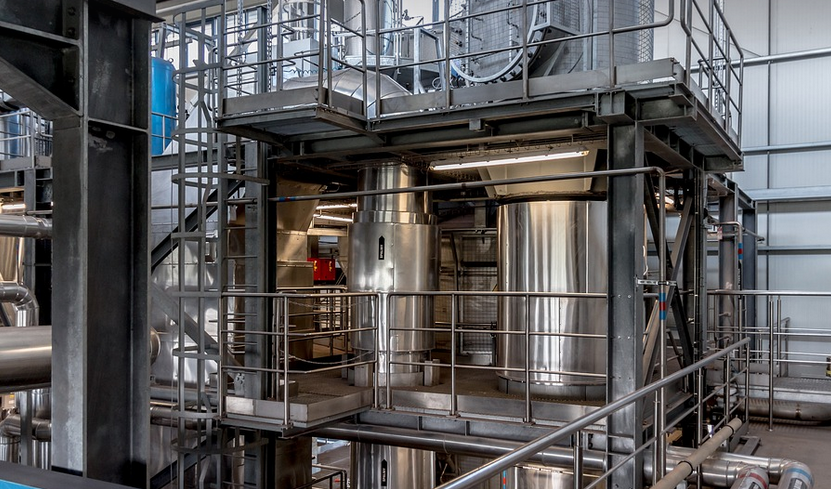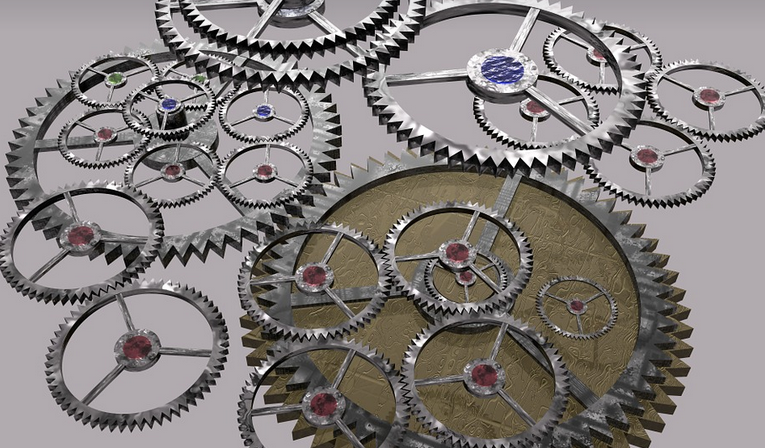Unlocking the Secrets of Inquiry
Ever wondered how scientists revolutionize our understanding of the universe? From groundbreaking discoveries to everyday innovations, it all boils down to one crucial process – the scientific method. This framework allows us to explore the world around us with a rigorous yet creative lens, fueled by curiosity and an insatiable thirst for knowledge.
But navigating this journey can feel daunting, especially if you’re new to scientific thinking. Don’t worry! The good news is that mastering the vocabulary of the scientific method unlocks a whole new world of understanding and empowers you to think like a scientist.
This worksheet will walk you through some essential terms and concepts, providing you with a solid foundation for exploring any scientific inquiry. Let’s dive in!
Your Journey into the Scientific Method
The scientific method is a systematic process designed to answer questions about the world around us in an evidence-based manner. It’s not just a set of rigid steps; it’s a flexible framework that can be tailored to specific situations and areas of study.
Here’s a breakdown of the key components:
**1. Observation:**
The foundation of scientific inquiry lies in observation. Pay close attention to your surroundings; notice patterns, trends or anomalies that pique your curiosity. This initial step is crucial because it sparks a question about something you want to investigate further.
For instance, if you’re exploring the effects of sunlight on plant growth, you might observe that certain plants seem healthier in areas with more direct sunlight than others. Your observation becomes the starting point for your scientific exploration.
**2. Question:**
Once you’ve made an observation, it’s time to turn it into a formal question – a clear, concise statement that needs investigation. This question will guide your subsequent steps in understanding your observation and seeking answers through experimentation.
For example, from observing the plants, you might pose the question: “Does sunlight intensity directly influence plant growth?”
**3. Research:**
Before embarking on any experiment, thorough research is crucial. It helps you gain a deeper understanding of the existing knowledge about your chosen topic. This can involve reading scientific articles, books and online resources to gather information that will help you formulate hypotheses.
In our example, researching previous studies on plant growth could provide insights into how sunlight impacts plant development.
**4. Hypothesis:**
A hypothesis is a proposed explanation for your question. It’s not just an assumption; it’s a testable prediction based on existing knowledge and research. It’s essentially the starting point of your investigation, serving as a guiding idea to test through experimentation.
For example, your hypothesis might be: “Plants exposed to increased sunlight will exhibit faster growth than those under lower light conditions.”
**5. Experiment:**
This is the heart of the scientific method – testing your hypothesis through a controlled experiment. You need to carefully design and execute this experiment to ensure that data gathered can be analyzed objectively. For instance, if you’re planning an experiment on plant growth and sunlight intensity, you might create different groups of plants exposed to varying levels of sunlight, ensuring similar environmental factors except for the light intensity.
**6. Data Collection:**
During your experiment, it’s crucial to carefully record all observations and measurements. This involves using appropriate tools like rulers or scales to measure plant height, leaf development, or any other relevant data points. Accurate data is essential for analyzing results.
**7. Analysis:**
Once you’ve collected your data, it’s time to analyze the information. You need to use statistical tools and methods to determine meaningful trends in your data. Think of this as comparing apples to apples; ensuring your measurements are consistent and reliable, which allows for accurate comparisons between different groups.
**8. Conclusion:**
Based on your analysis, you’ll draw a conclusion about how your hypothesis performed. Did it support or contradict your initial prediction? This step helps you understand the validity of your original guess. Was there any evidence suggesting a relationship between sunlight intensity and plant growth?
Vocabulary: A Glossary of Scientific Terms
To further enhance your understanding, let’s explore some crucial vocabulary terms used throughout the scientific method:
- **Independent variable:** This is the factor that you actively change or manipulate in an experiment. Think of it as the independent force affecting the outcome.
- **Dependent variable:** This is the factor that changes in response to the independent variable. It’s the measure you are observing and tracking
- **Control group:** A group in your experiment where no change is made, serving as a baseline for comparison.
- **Test group:** In contrast, this group receives the modified treatment or the independent variable being tested.
- **Hypothesis:** This is your educated guess about the observed phenomenon. It predicts what you expect to happen in your experiment.
- **Theory:** A well-substantiated explanation of some aspect of the natural world that has been repeatedly confirmed through observation and experimentation.
- **Falsifiability:** This principle means a hypothesis must be capable of being proven wrong by experimental evidence. If it cannot, it shouldn’t be taken seriously as a scientific theory.
Remember: the scientific method is a continuous journey, and vocabulary knowledge will empower you to refine your understanding and exploration.
Practice Makes Perfect!
This worksheet serves as your starting point. Keep practicing with this vocabulary and explore the world of scientific inquiry with confidence!



